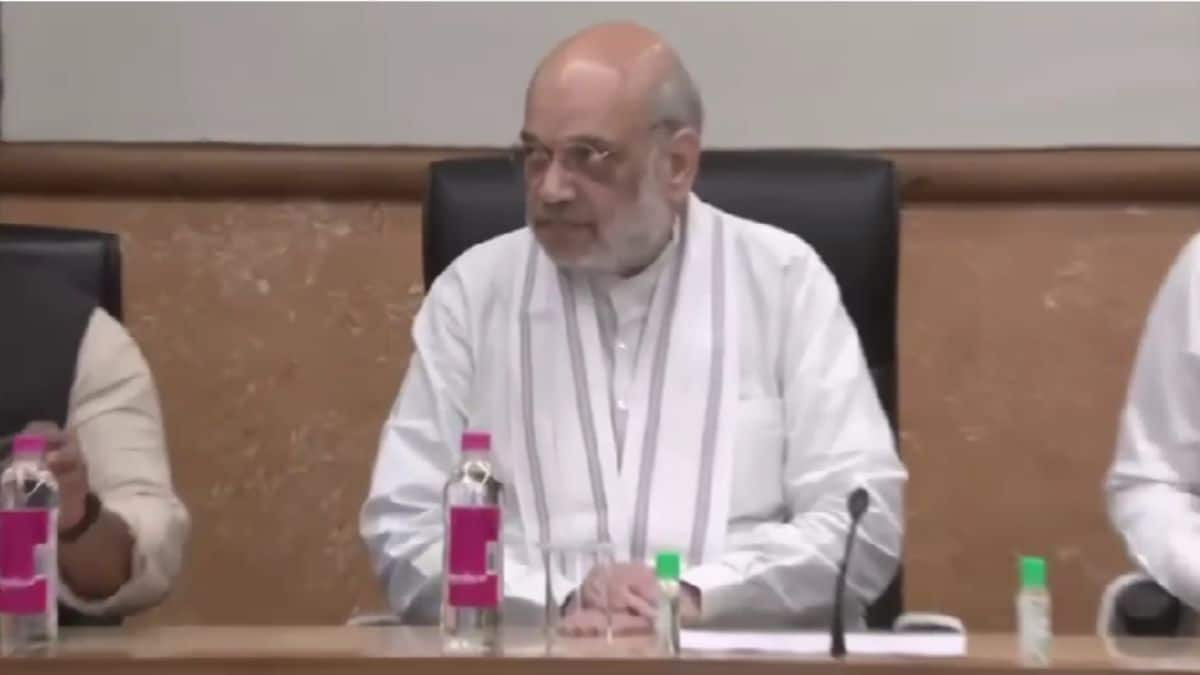As heavy rains virtually clogged Mumbai on Tuesday, Municipal Corporation of Greater Mumbai (MCGM) also known as BMC, faced citizen’s ire for “shoddy” civic work, which was responsible for submergence of rail tracks and streets. As of Thursday, the death toll due to the deluge in and around Mumbai has risen to 14, according to India Today. [caption id=“attachment_3986253” align=“alignleft” width=“380”] People walk through flooded roads in Mumbai. PTI[/caption] According to The Quint report, Mumbai’s British-era drainage system, which is unfit to handle heavy rains, made the situation worse. “We had recommended that for planning the drainage system in urban areas, watershed (catchment) should be the unit of planning rather than administrative boundaries,” The Quint quoted Kapil Gupta, an urban flooding expert as saying. The
331.4 mm rainfall on Tuesday, the heaviest since the 26 July, 2005 record of 944 mm, wreaked havoc in the city. Among other issues, desilting of nullahs is most talked about though the BMC claims it had cleaned them ahead of the monsoon and spent crores for the purpose.
IITian Shirish Sukhtame , a former president of the Practicing Engineers Architects and Town Planers Association, on Monday said each nullah in the city has become an “underground dumping station”. He alleged that corruption in desilting work was the root cause of the problems like water-logging and flooding of the rail tracks.
“I fail to understand why desilting of drains has to be an annual affair? Why can’t they be cleaned and desilted by the BMC regularly? Their cleaning happens only once a year, and that too before the monsoon. Nobody knows how much silt is removed and where is it dumped. Desilting has become only an eyewash, thanks to the deep rooted corruption prevailing in the system,” he alleged.
A research paper in International Journal of Scientific and Research Publications titled as “ Mumbai Floods, Reasons and Solutions” lists ‘faltering drainage system’ as one of the eight reasons for floods in Mumbai. “Mumbai’s existing storm water drainage system has largely contributed in the inundation of the city. The city’s storm water drainage system is basically a complicated system of simple drains and rivers, creeks, drains and ponds,” says the research paper. According to The Times of India report, to deal to with Mumbai’s frequent flooding, the long-term solution will be to reduce the catchment area of Mithi river, which is the most important component of the drainage network. The roadside drains and the nullah system, which flow several kilometres through congested localities before discharging into the sea, also make drainage impossible, says The Indian Express report. The Maharashtra government and the BMC spent around to Rs 2,200 crore since 2006 for the upgradation of gravity-based drainage network, however, according to The Indian Express report, the project is nowhere near complete. Experts, The Financial Express says, suggest that widening and deepening of drains, ban on plastic bags and removal of encroachments along the banks of Mithi river are some of the solution that could ease, if not solve altogether, Mumbai’s Monsoon woes. With inputs from PTI


)

)
)
)
)
)
)
)
)



